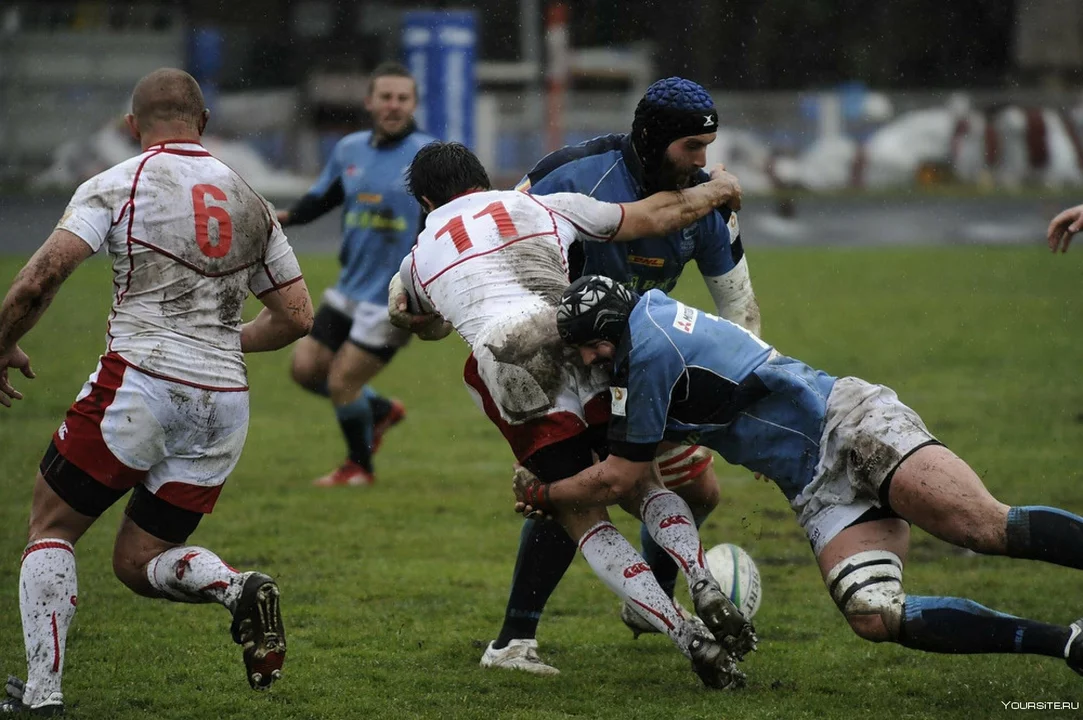Sports Injuries and Safety: How to Stay Ready and Play Smart
Every athlete knows the sting of a bad slip or a sudden cramp, but most of those setbacks can be avoided with a few smart habits. Whether you’re chasing a ball on a Wimbledon tennis court or tackling in a rugged rugby match, the basics of injury prevention stay the same: move right, gear up, and listen to your body.
Common Injuries in Tennis and Rugby
In tennis, the elbows and shoulders take most of the abuse. Players often end up with tennis elbow, rotator‑cuff strains, or ankle sprains from quick direction changes. In rugby, it’s a different story – concussions, shoulder dislocations, and hamstring pulls dominate the injury list. Both sports share a few culprits, though: overuse, poor warm‑ups, and inadequate recovery.
If you’ve ever seen a player limp off the field, chances are they ignored a warning sign. A slight ache in the knee after a hard serve or a nagging shoulder ache after a tackle can turn into a weeks‑long layoff if left unchecked. The key is to treat that early discomfort as a signal, not a badge of honor.
Practical Steps to Protect Yourself
Start every session with a 5‑10 minute dynamic warm‑up. Think leg swings, arm circles, and light jogging – moves that get blood flowing without tiring you out. Skip the static stretches until after you’ve finished playing; they’re better for cool‑down, not warm‑up.
Gear matters more than you think. A well‑fitted tennis racket with proper grip size reduces strain on the elbow. In rugby, a snug helmet and correctly sized shoulder pads can cut down the force of a tackle. Don’t skimp on shoes either – a court‑specific tennis shoe gives you the right grip, while a rugby boot with solid ankle support guards against sprains.
Hydration and nutrition often get overlooked, but they’re part of the injury‑prevention puzzle. Dehydrated muscles are more prone to cramping, and a lack of protein slows down repair. Keep a water bottle handy and snack on lean protein after a hard game.
Lastly, schedule rest. Your body rebuilds stronger during downtime, not while you’re pushing through pain. Aim for at least one full rest day each week, and consider active recovery like light swimming or yoga to keep joints supple.
By mixing these simple steps into your routine, you’ll reduce the odds of ending up on the sidelines. Stay aware, stay equipped, and keep the game enjoyable – that’s the real win for any player.

